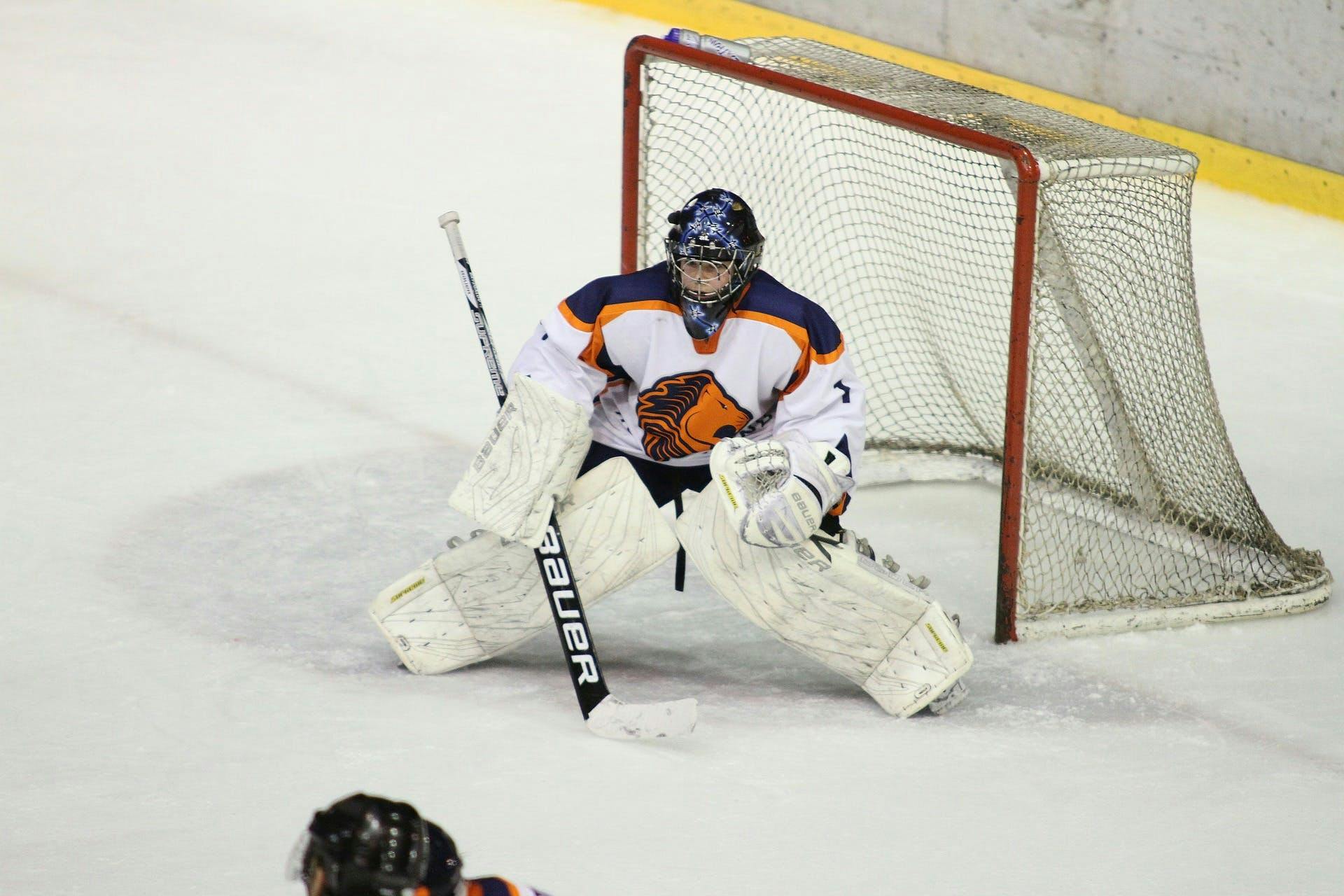New hockey equipment never feels quite as good as your old equipment, but that doesn’t necessarily mean there’s anything wrong with it. You’re just used to your old equipment, so anything new isn’t going to feel right. And, that new equipment isn’t broken in yet. However, there’s a balance to be struck between new and broken in equipment. The newer your equipment is, the less comfortable it will likely be, but the more broken in your equipment is, the less safety it provides. Even if your old equipment feels good to wear, remember that it’s no longer protecting you as well as it did when it was new.
What is the Best Way to Break in New Hockey Equipment?
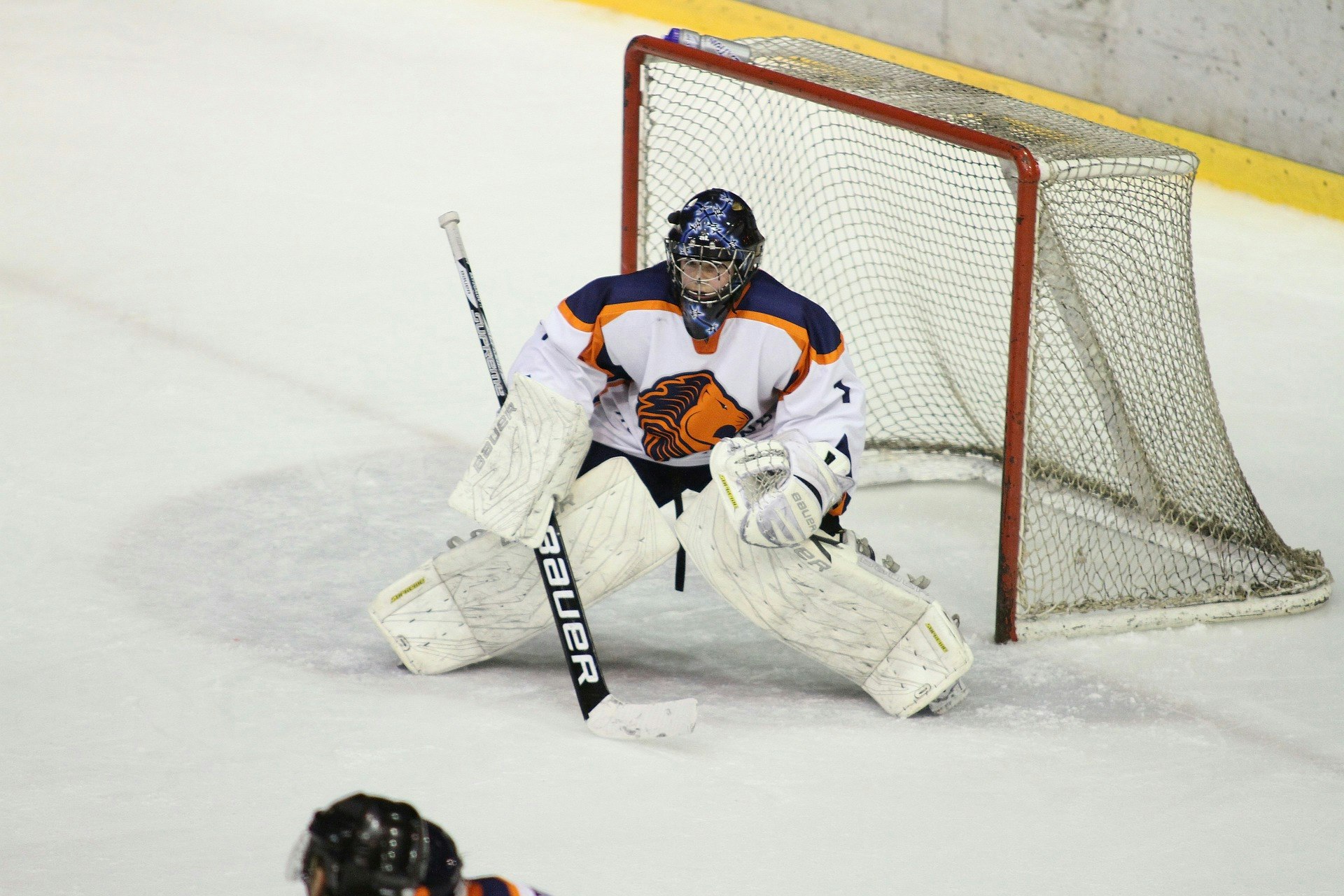
The best way to break in new hockey equipment is to wear and use it regularly. This includes not only wearing it to practice, but also around the house. It’s also important that while breaking in your gear you’re using it in the same ways it will be used in a game.
For example, there have been stories of people who run over their pads with their cars to break them in — don’t do this! Your pads don’t get run over by cars out on the ice, so that won’t help break them in; that will only damage them. Instead, take the ways in which you would normally use the gear and exaggerate those motions. As the gear breaks in and gets used to those exaggerated motions, the regular motions performed in a game will become much easier.
Also remember to never physically alter your equipment by cutting off or otherwise removing parts. When you do this, you’re only compromising the safety the gear affords you. All the padding, straps, and other components are there for a reason, so leave them to do their job of protecting you.
Breaking in Skates
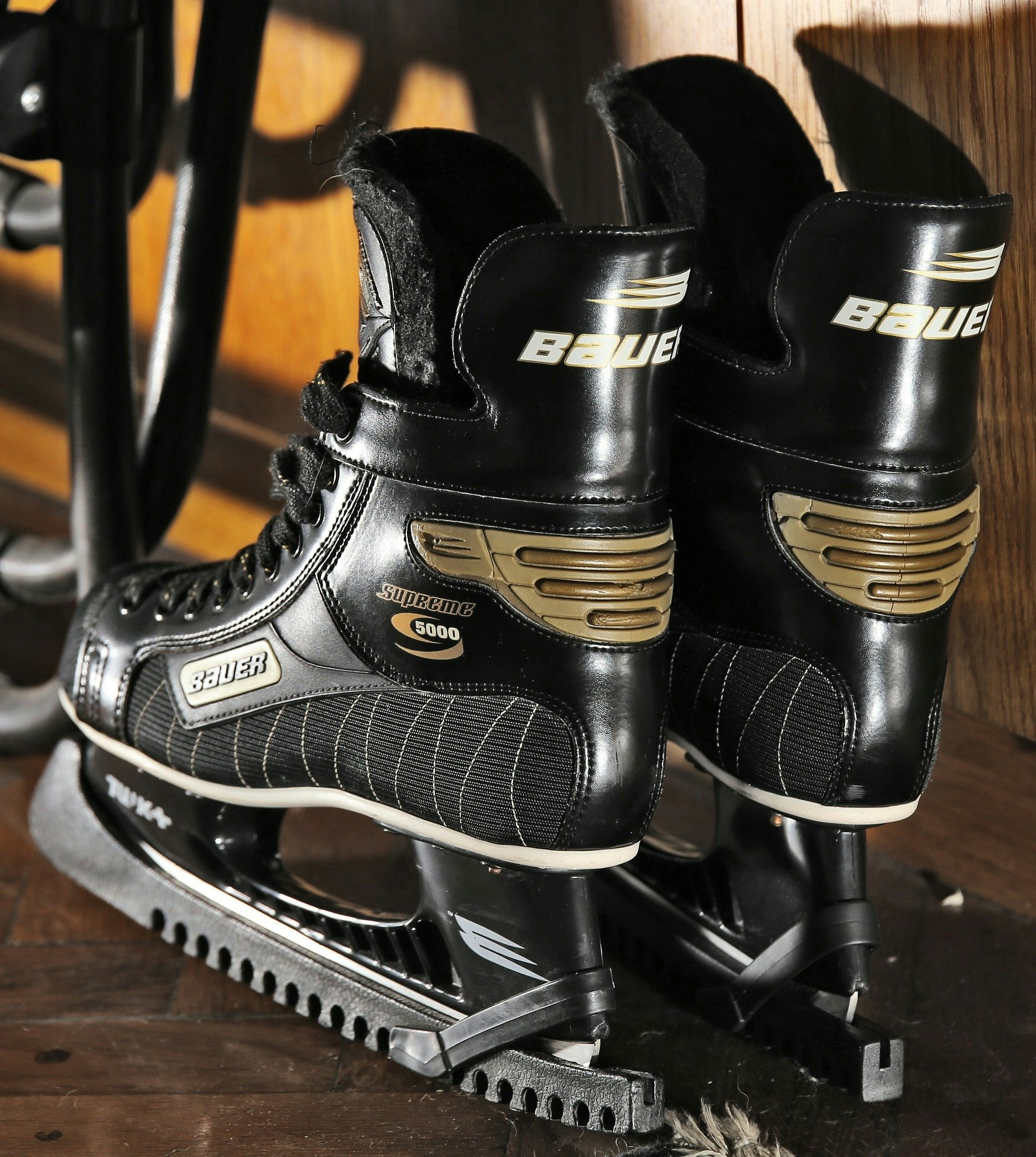
Skates are probably the most important piece of hockey gear to break in because they support your weight and help you move on the ice. New skates can not only be uncomfortable, but downright painful, which is why you generally want to break them in before your first game using them. If you’ve ever played a game while in pain, you know how difficult it can be, especially when the pain is focused in your feet and ankles.
Besides simply using your new skates during practice, skate ovens are the best way to break in your skates. These ovens are specially designed to bake the skates, which in turn expedites the breaking in process, and can be found at many pro shops. Alternatively, you can use your oven at home, but this is less recommended as it could result in injury, the destruction of your skates, or fire.
When using a skate oven, your skates will be cooked for a few minutes at around 180°F. Once taken out of the oven, they will be allowed to cool slightly. When they are cool enough, put them on with your hockey socks on. Be wary of the blades when doing this as they will still be hot. Proceed to wear your skates for around 20 minutes while sitting and putting slight pressure on the soles of your feet, but make sure not to move around. The inner padding of the skates will mold to the shape of your feet. After the 20 minutes are up, refrain from using your newly broken in skates for 24 hours to allow the mold to set.
Breaking in Gloves
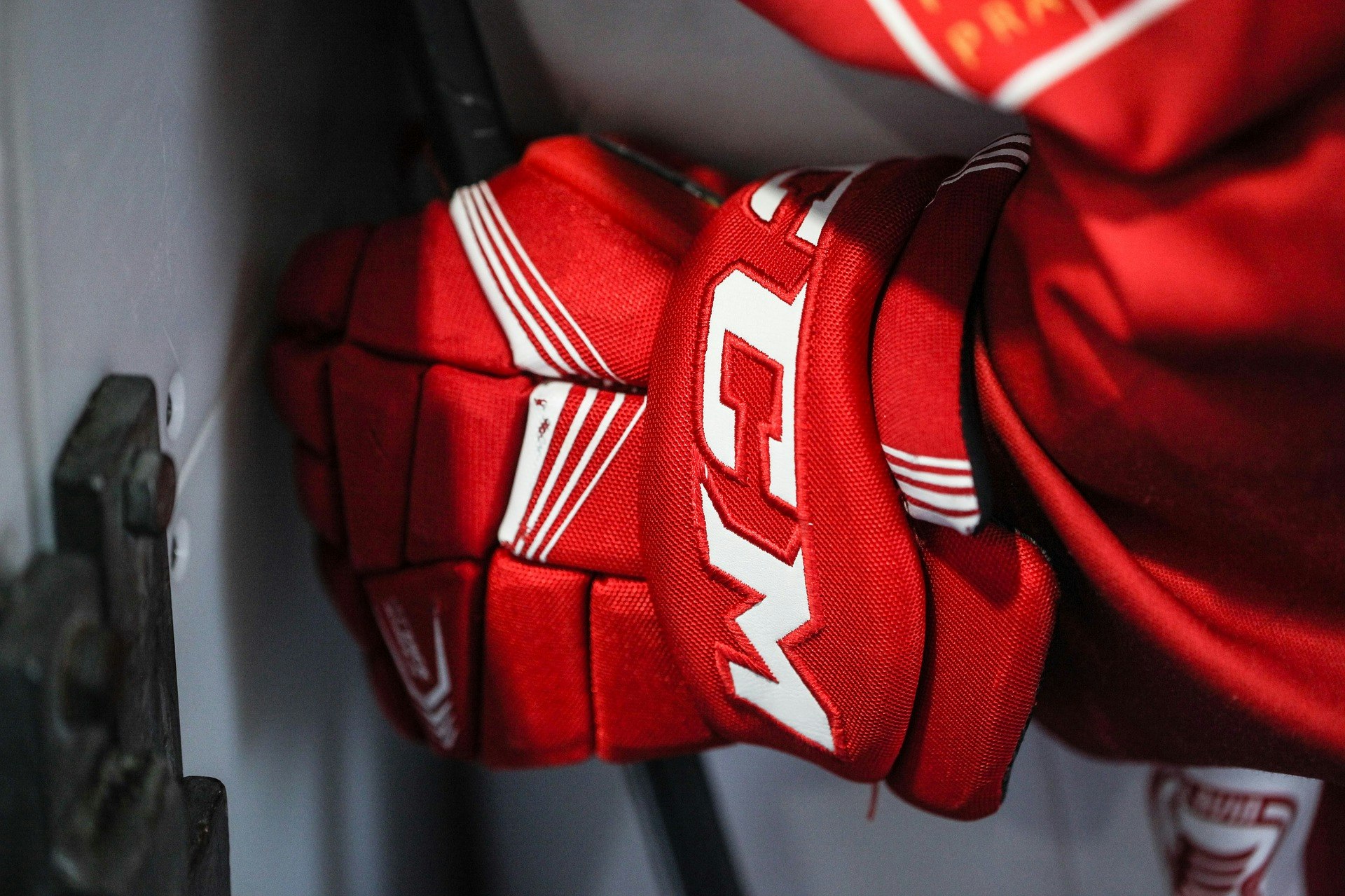
Gloves are the second most important piece of hockey gear which benefit from being broken in. While these are extremely important items, they aren’t as physically painful as skates are before they’re broken in. For this reason, you may simply opt to wear them around the house and massage them for a while.
Alternatively, some people find that taping back the fingers overnight can help with flexibility. And for goalie gloves, taping the glove shut around a softball or stack of pucks can help too. Increasing flexibility is the key to breaking in gloves, unlike skates which you want to be molded to your feet. However, like skates, gloves can also be baked in a skate oven to make them more pliable for breaking in.
Breaking in Goalie Leg Pads
Goalie leg pads will need to be broken in to give you the full range of motion you need to tend the goal. The best way to break in leg pads is to work them naturally — meaning to bend them in the same ways they would be bent during a game. This can either be done while wearing the pads, or by bending them while they’re off. Some people even bend them and stuff them under the bench in the locker room to keep the pressure on the pads while they get everything else ready. Over time this will loosen up the joint areas and make it easier to move.
“Breaking in” Helmets
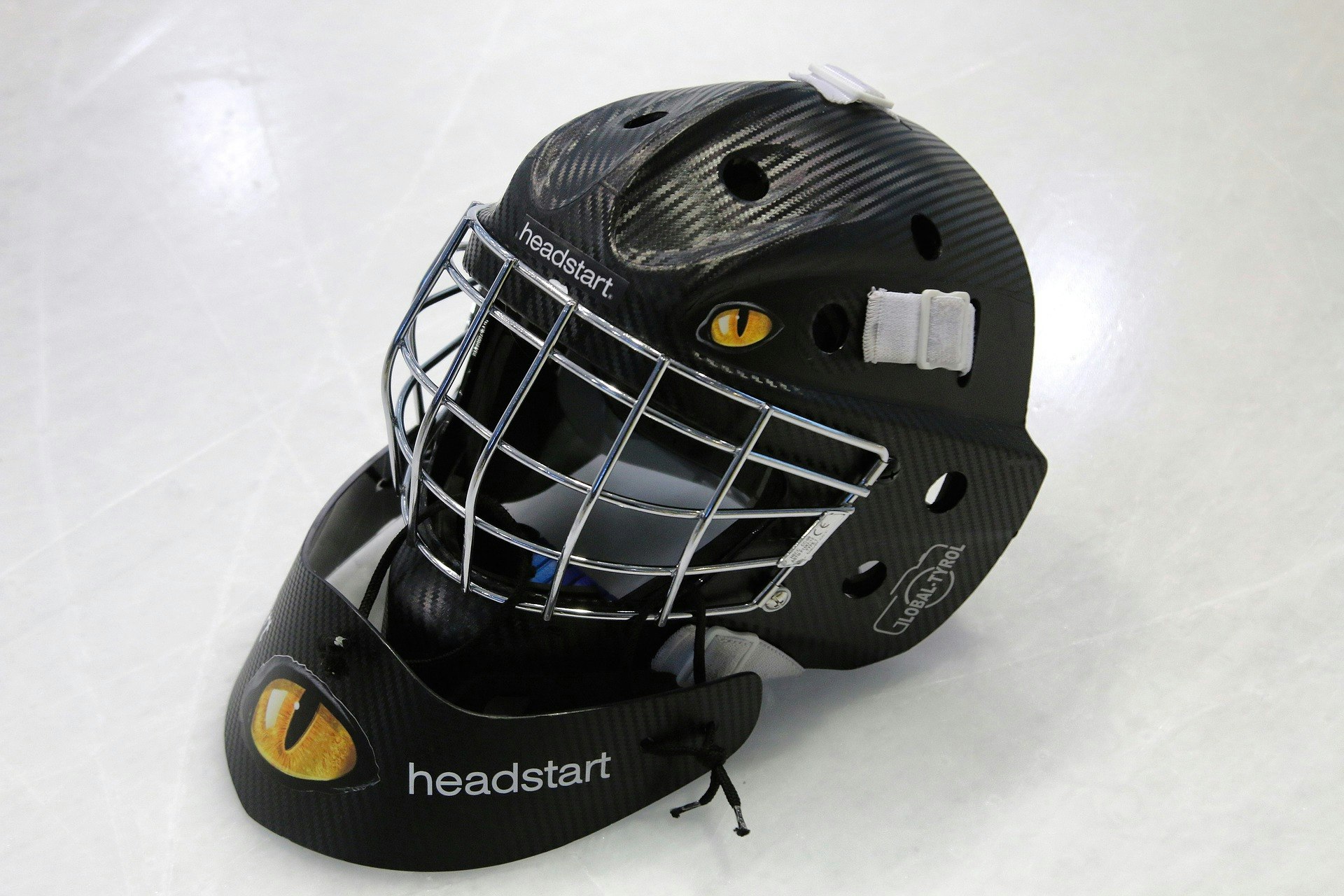
Helmets are occasionally considered equipment which needs to be broken in despite them being inherently inflexible compared to the rest of your gear. They can be stiff and may not feel quite right when first purchased. However, rather than “breaking in” your uncomfortable helmet, it’s recommended that you select one which fits well and feels comfortable from the start. When the inner padding of your helmet is “broken in,” that simply means that it will no longer provide the recommended level of safety. However, after a few hours on the ice, you should come to find that your helmet feels a lot better than when you first tried it on.
Conclusion
If you’re looking to break in your new hockey gear, the best way is to simply wear and use it naturally; it will break in over time. However, if you require faster results, then there are a few other methods available such as skate ovens or taping. Helmets are the one piece of equipment which should not be “broken in” in the traditional sense. Instead, pick a helmet which fits properly and feels comfortable from the start. And remember, breaking in your equipment is no different from it wearing down naturally. If your gear is too broken in, that just means it needs to be replaced.
Sign Up with Shinny USA
Whether your gear is already broken in and ready for action, or you’re looking to break in some new equipment out on the ice, Shinny USA can give you what you need. Contact us today to learn more about our recreational adult hockey leagues and participating rinks near you.
